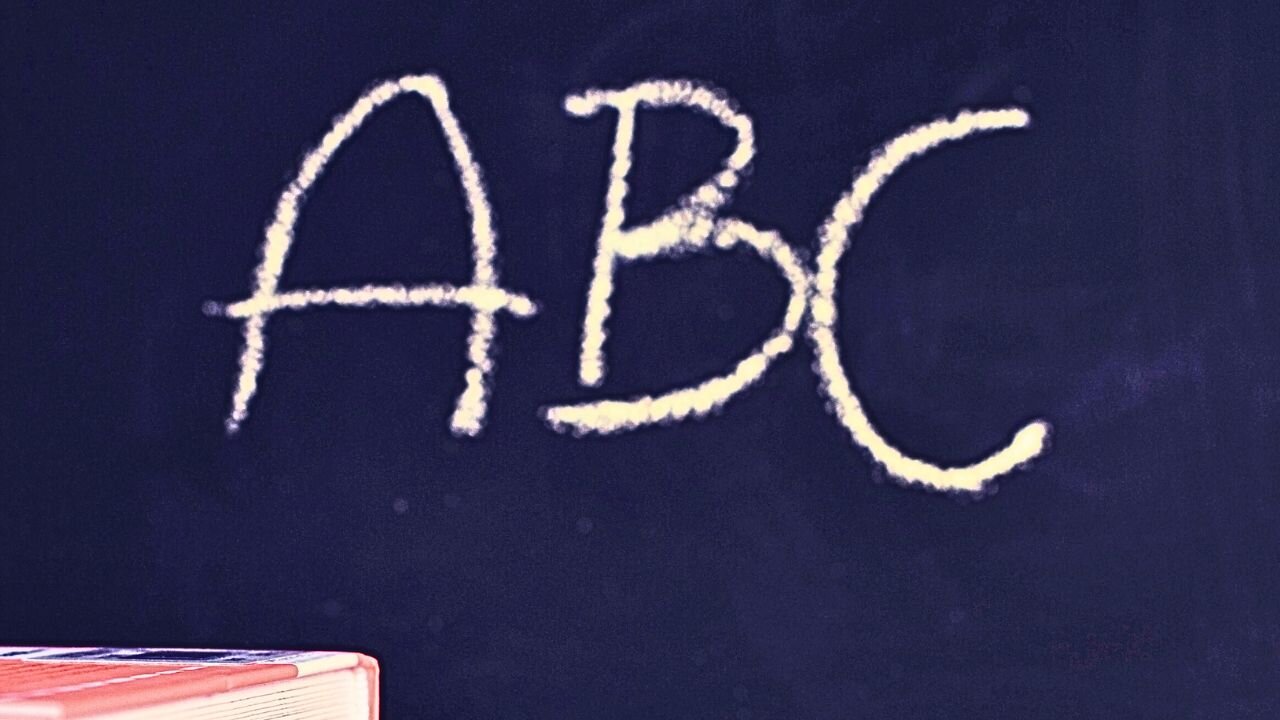Premium Only Content

7 in 10 high school teachers agree a ‘one-size-fits-all education’ is a thing of the past
Seven in 10 high school teachers agree that a one-size-fits-all education, with the same curriculum and teaching methods for all students, is a thing of the past.
The traditional classroom model seems to require a shift as the majority (67%) prefers to have fewer than 20 students in a classroom, according to a survey of 2,000 high school teachers.
Over half (51%) feel uncertain about their ability to impact their students' performance in a traditional large-group classroom setting.
According to the survey, conducted by OnePoll on behalf of Learn4Life, most high school teachers (86%) are familiar with personalized learning, an alternative to traditional group learning that aims to customize learning for each student's strengths, needs, skills and interests.
Seventy-eight percent of high school teachers reported being able to identify the learning styles, challenges and goals of each of their students, while 22% were unsure.
However, when it comes to creating personalized learning plans for each student, almost one-third of teachers expressed uncertainty about their ability to do so.
Teachers have identified several obstacles to providing personalized education, including limited access to technology and resources to support personalized learning (44%), administrative policies and procedures that restrict teacher flexibility in instruction (43%) and a lack of training and professional development in personalized education strategies (41%).
Personalized learning is believed by 53% to mitigate behavioral issues in the classroom. Moreover, teachers see it as a way to reduce anxiety and stress (50%), improve educational outcomes (51%), boost engagement (49%) and enhance creativity (51%).
Among the teachers, 86% believe in personalized learning, with 27% believing it should start in high school.
Ninety-two percent of teachers described their ideal classroom. For design, 24% said they preferred a more collaborative design with tables or desks in groups to facilitate and 21% said they’d want a space that allows flexibility for small group work and one-on-one instruction.
“In our rapidly changing world where every service is becoming increasingly individualized, the days of a teacher lecturing in front of a classroom are becoming obsolete,” said Shellie Hanes, Learn4Life superintendent of schools. “We need to change up the structure of our classrooms for more collaboration and one-on-one teaching with our students.”
If schools incorporate personalized learning, 52% of teachers believe it will provide benefits such as individualized attention and accommodations to meet the needs of students, while 47% believe it will create a more engaging and interactive learning experience.
Additionally, 59% believe it can help students build positive relationships with their teachers and peers, ultimately reducing conflicts and negative behavior.
A positive trend appears to be emerging as an increasing number of teachers (78%) believe that the field of education is evolving to effectively address the unique needs of each student.
Furthermore, the COVID-19 pandemic has accelerated the adoption of remote learning, and many students and teachers believe that certain aspects of virtual learning should be integrated into in-person high schools.
Specifically, 57% of respondents found that remote learning allowed students to complete assignments at their own pace, and 53% believed it provided parents with greater visibility into the classroom experience.
More than half (52%) enjoyed the online discussion forums for class participation, and 45% appreciated the availability of recorded lectures for students to review material.
“The more we tailor what and how we teach to the individual student, the more they learn,” added Hanes. “And that’s true no matter the skill level of the student – from gifted to those with special needs. We can accomplish this in any classroom setting.”
While there are challenges to personalized education, teachers highlight the benefits and feel it is needed as education is evolving to meet the individual needs of each student.
TOP 5 FACTORS PREVENTING TEACHERS FROM PROVIDING PERSONALIZED EDUCATION
● Limited access to technology and other resources that could support personalized learning - 44%
● Administrative policies and procedures that restrict teacher autonomy and flexibility in instruction - 43%
● Lack of training and professional development in personalized education strategies - 41%
● Limited parental support or involvement in their child's education - 39%
● Pressure to meet standardized test scores and curriculum requirements - 38%
TOP BENEFITS OF PERSONALIZED EDUCATION
● Mitigate behavioral issues in a classroom - 53%
● Better educational outcomes - 51%
● Enhanced creativity - 51%
● Reduce anxiety and stress - 50%
● Increased engagement - 49%
Survey methodology:
This random double-opt-in survey of 2,000 high school teachers was commissioned by Learn4Life between April 5 and April 19, 2023. It was conducted by market research company OnePoll, whose team members are members of the Market Research Society and have corporate membership to the American Association for Public Opinion Research (AAPOR) and the European Society for Opinion and Marketing Research (ESOMAR).
-
 0:59
0:59
SWNS
2 days agoFair game or cheating? These bedroom boundaries are up for debate
191 -
 2:00:20
2:00:20
Glenn Greenwald
14 hours agoThe View from Moscow: Key Russian Analyst Aleksandr Dugin on Trump, Ukraine, Russia, and Globalism | SYSTEM UPDATE #414
123K64 -
 1:10:55
1:10:55
Donald Trump Jr.
11 hours agoBREAKING NEWS: My Father Revokes Biden-Maduro Oil License, LIVE with Maria Corina Machado | Triggered Ep.220
197K194 -
 1:25:29
1:25:29
Sarah Westall
9 hours agoX-Files True History, Project Blue Beam, Cabal Faction War w/ Former FBI Agent John DeSouza
80.5K15 -
 7:03:49
7:03:49
Dr Disrespect
16 hours ago🔴LIVE - DR DISRESPECT - NEW PC VS. DELTA FORCE - MAX SETTINGS
167K27 -
 49:04
49:04
Lights, Camera, Barstool
1 day agoIs The Monkey The Worst Movie Of The Year?? + Amazon Gets Bond
72.5K4 -
 24:19
24:19
Adam Carolla
1 day agoDiddy’s Legal Drama Escalates, Smuggler Caught Hiding WHAT? + Philly Eagles & The White House #news
126K19 -
 10:12
10:12
Mike Rowe
2 days agoClint Hill: What A Man. What A Life. | The Way I Heard It with Mike Rowe
125K17 -
 1:31:52
1:31:52
Redacted News
12 hours agoBOMBSHELL! This is war! FBI whistleblowers reveal Epstein files being destroyed? | Redacted News
195K373 -
 48:55
48:55
Candace Show Podcast
12 hours agoSTOP EVERYTHING. They FINALLY Mentioned ME In The Blake Lively Lawsuit! | Candace Ep 152
168K133